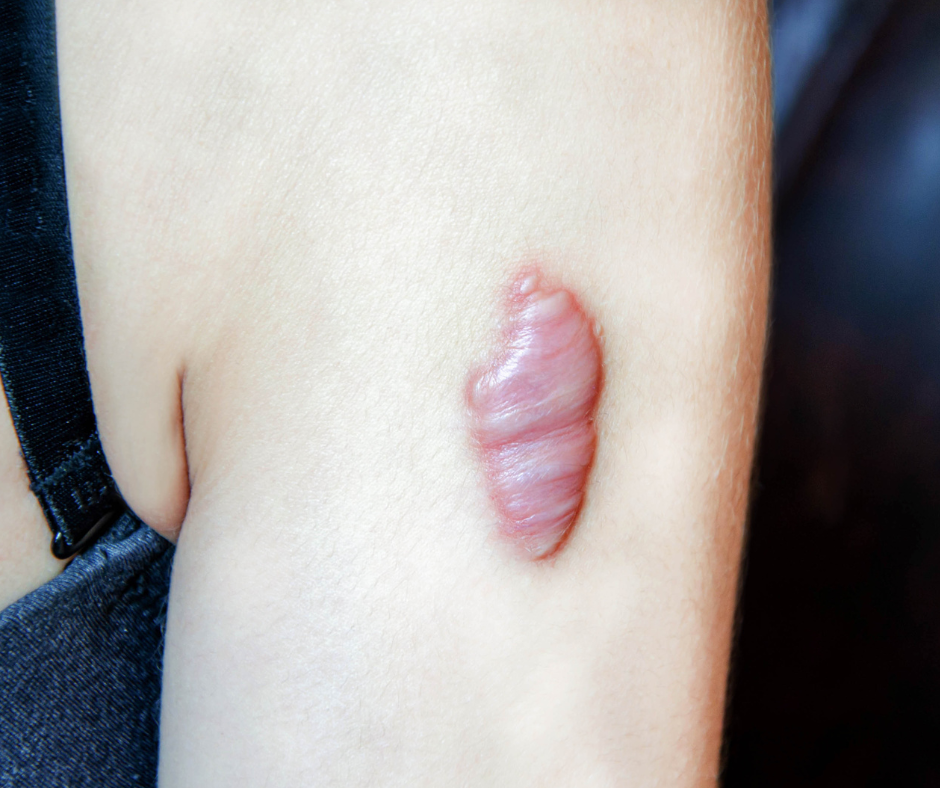
Scars can be a lasting reminder of past injuries, surgeries, or skin conditions, and for many people, they’re a source of self-consciousness. If you’ve been wondering, is it worth getting a scar revision?, the answer depends on the severity of your scar and your expectations. With advanced treatments like CO2 laser, CoolPeel laser, SylfirmX, dermal fillers, steroid injections, and surgical revision, scar treatments are more effective than ever.
There are different types of scars, and each may require a tailored approach to achieve the best results:
For more severe or deep scars, surgical techniques can be used to minimise their appearance. This involves removing the old scar tissue and repositioning the skin using advanced wound closure methods to create a smoother, less noticeable scar. In some cases, skin grafts or tissue expansion may be used for significant scarring. Surgical revision is particularly beneficial for raised, wide, or poorly healed scars, helping them blend in more naturally with the surrounding skin. While it requires healing time, the results can be long-lasting and highly effective.
Dermal fillers are a non-surgical option for treating certain types of scars, particularly those that are indented or sunken, such as acne scars. By injecting hyaluronic acid or other biocompatible substances into the scar tissue, dermal fillers help raise the skin’s surface, making the scar less noticeable and improving overall skin texture. This is a quick, minimally invasive treatment that offers immediate results, though top-up sessions may be needed to maintain the effect.
Steroid injections are an effective treatment for hypertrophic and keloid scars. These injections work by breaking down the excess collagen in the scar tissue, helping to flatten raised scars and reduce redness and discomfort. The treatment is often done in a series of sessions for the best outcome, gradually softening and shrinking the scar over time.
CO2 laser treatment is one of the most powerful options for scar revision. It works by removing the damaged outer layers of skin and stimulating collagen production, allowing new, healthier skin to replace the scar tissue. This treatment is particularly effective for deep scars, including those from acne, surgery, or trauma.
If you want significant improvement with minimal downtime, CoolPeel laser is a great option. It delivers similar resurfacing benefits to CO2 laser but in a gentler way, reducing redness and recovery time. This makes it ideal for those who want noticeable results without a long healing process.
For people dealing with stubborn scars, SylfirmX radiofrequency microneedling can be a game-changer. This treatment combines microneedling with radiofrequency energy to improve skin texture and reduce discolouration. It’s particularly effective for acne scar treatment and stretch marks removal, helping to restore smoother, more even skin.
If a scar is affecting your confidence, scar revision treatments can make a real difference. While no method can completely erase a scar, modern surgical, laser, and non-invasive options like dermal fillers and steroid injections can significantly reduce its visibility. Surgical revision offers permanent improvements for deeper scars, while laser, microneedling, and filler treatments provide effective solutions for a range of scar types. A consultation with Dr Ayad Harb and his medical team will help determine the best approach based on your scar type and goals.
Scar revision surgery can be highly effective for improving the appearance of scars, especially if they are raised, indented, or discoloured. Treatments such as CO2 laser resurfacing, CoolPeel laser, and SylfirmX microneedling can help refine scar texture and promote collagen production. While no procedure can completely remove a scar, revision treatments can significantly reduce its visibility, making it a worthwhile option for many.
Scar revision has several potential downsides. Surgical scar revision requires healing time and carries risks of infection, recurrence, or an unfavourable new scar. Laser and microneedling treatments may require multiple sessions for the best results and can involve redness, sensitivity, or temporary pigmentation changes. It’s important to have realistic expectations, as no treatment can make a scar disappear completely.
The success of scar revision depends on the type, size, and age of the scar, as well as the treatment used. Laser resurfacing treatments, like CO2 and CoolPeel, can achieve significant improvement, with success rates of 50-80% in reducing scar appearance. Microneedling with radiofrequency, such as SylfirmX, is also highly effective for improving texture and pigmentation.